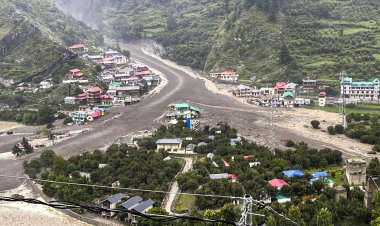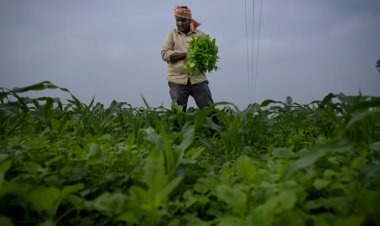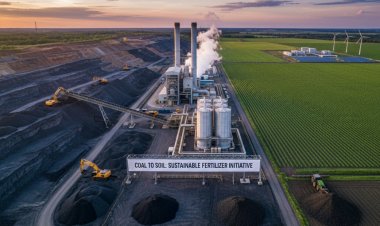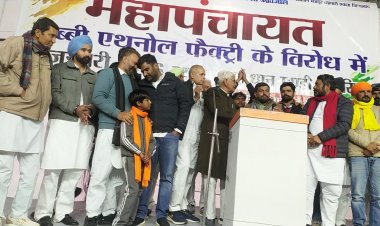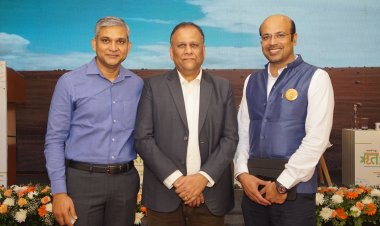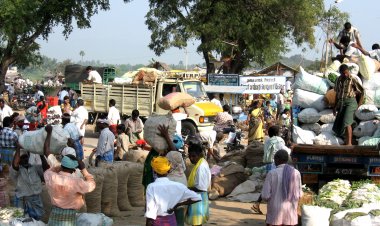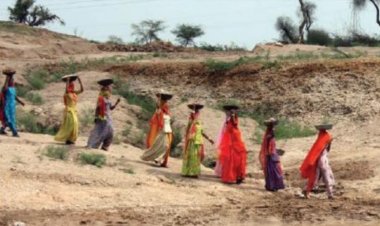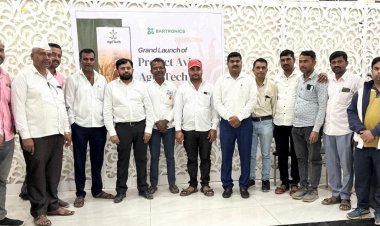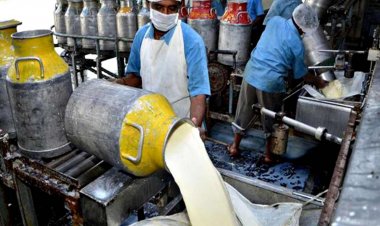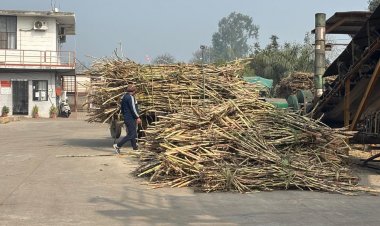Systemic inflation is here to stay; hardship is omnipresent, be it in cities or in villages
Inflation, which is turning into one of the issues in the crucial Assembly elections in five states, is here to stay when it comes to overall cost of living. No matter what the headline numbers measured by the Consumer Price Index (CPI) or Wholesale Price Index (WPI) tell you, the price rise this time around is much more deep-rooted and systemic.
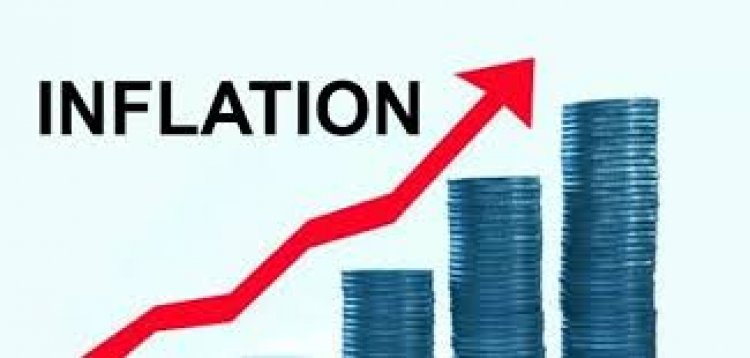
Inflation, which is turning into one of the issues in the crucial Assembly elections in five states, is here to stay when it comes to the overall cost of living. No matter what the headline numbers measured by the Consumer Price Index (CPI) or Wholesale Price Index (WPI) tell you, the price rise this time around is much more deep-rooted and systemic, rather than being a function of a few items of fruits and vegetables or grains.
In a way, governments, too, have limited capabilities to check such a phenomenon. Ironically, it has hit the poor the most; the pain is more severe in rural areas. Mind you, the hard times households are having on account of the high cost of living cannot be measured from the latest CPI numbers of 4.48 per cent for October 2021.
The devil of inflation is in the details. It is systemic in nature and lies in the prices of petrol, diesel and, consequently, transport, vegetable oils, clothing, footwear and, importantly, healthcare. As per the October figures, the annualised price rise of fuel and light reads as 14.35 per cent, transport and communication 10.90 per cent and health 7.57 per cent. The outcry against vegetable oils is understandable as the year-on-year official mark-up is 33.50 per cent for 'oils and fats'. This increase is on the back of over 15 per cent hike in October 2020. It would mean that even by official numbers, prices of cooking oils have risen by nearly 50 per cent in the last two years, affecting every household budget in villages or cities. Items like footwear, including the all-important Hawaii chappal, is more expensive by eight per cent. Every labourer, again whether rural or urban, gets affected.
So, the monthly rise does not reflect the real picture, because it is data that also gets impacted by factors like low base effect. The common man, or rather the common woman, who is under tremendous pressure of household budget does not even take these numbers seriously. She only knows how the prices of cooking oil have shot up in the range of Rs 200 per litre, cooking gas is firing on all cylinders, basic vegetables are selling at the prices of fruits, which in turn have become a luxury for the lower middle class.
The scenario is worse in rural areas. This is ironic because the rural households feel short-changed when they find things grown by them are processed, packed and sold back to them at such a large mark-up. All this is forcing wage pressure on agricultural labour, pushing the farmers to further poverty. Sorry, there are no rich farmers in the country — the average landholding is just 1.15 hectares, and two-thirds of the landholdings are less than one hectare. This bogey of 'rich farmers' raised now and then amongst the urban elite or, sadly, amongst the middle class as well, is completely bogus.
States like Punjab, Haryana and western Uttar Pradesh, which attract a large number of migrant labourers from eastern states like Bihar, would see the trend of rising wage costs along with other inputs like fertilizers, diesel, seeds and transport.
Inflation is systemic in the sense that it has got into the entire value chain for industry and agriculture both with ultimately the consumers being at the receiving end. The economists describe it as a worldwide phenomenon. Even the US, which never saw inflation beyond 1-2 per cent, finds itself in the spiral of price rise with about six per cent CPI. Experts say it has got to do with excess money supply pumped into the system by the central banks of the world to save economies from the Covid-19 shutdowns. Then, there are problems like shortages of essential raw material like semiconductors, which are no more a mere urban thing. Rural products like farm equipment such as tractors, and motorbikes often used by milkmen and local vendors, are all feeling the pinch of chip shortages.
Prices of cement, steel and other metals have shot up by more than 50 per cent in the last 18 months, affecting the cost of rural housing, farm machinery, and irrigation systems including tube wells. Diesel prices, despite governments showing some concern by way of reduction in excise and value-added tax (VAT), cannot be expected to see any major about-turn, as India meets over 80 per cent of its crude-oil requirement through imports and the global energy prices are on fire. We may be producing a sufficient amount of iron ore and steel, but the domestic market is so integrated with the international trends that the two are inseparable.
Even if we harvest yet another record crop of food articles, prices would not see any significant change across the board because inflation has got into the input costs. If at all prices of seasonal vegetables and items like potato and tomato crash for some reason, farmers would suffer a big loss.
We keep hearing about the 'new normal'. Here is a prognosis — cooking oil at Rs 200 a litre (plus-minus Rs 10-15), and potato, onion, tomato and most of the veggies above Rs 50-80 a kilo would be the ‘new normal’ that would lead to a spiral of wage pressure, including amongst farm labour, which is yet to set in fully.
(Prakash Chawla is a New Delhi-based independent journalist)



 Join the RuralVoice whatsapp group
Join the RuralVoice whatsapp group

















